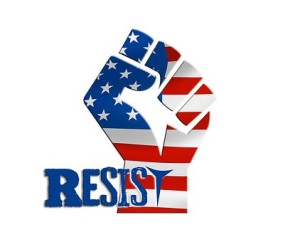Music and politics are married. It does not appear that such a marriage would be one made in heaven, but they are married nevertheless, and divorce or even separation is not yet a remote possibility. Politics is all about power, and music is powerful — you can see the attraction.
The marriage of music and politics did not take place in the 21st century. The two have been bound together probably since the first politician on earth made his first stump speech.
Music, used as an anti-establishment or protest tool, is also used as a tool to inspire patriotism. We have both antiwar songs and national anthems. Modern-day politicians probably choose the music that will be used in their campaigns before they decide what position they will take on current issues.
Nobody can deny the power of the Bob Dylan song “Blowin’ in the Wind” during the Vietnam war era, or the power of “We Shall Overcome” during the Civil Rights Movement.
Political music is written in every musical genre and during every decade:
Classical political music: An example is Beethoven’s Third Symphony, which was initially titled “Bonaparte.” When Napoleon crowned himself king, Beethoven changed the name by scratching out “Bonaparte.”
Folk political music: Pete Seeger’s “Where Have All the Flowers Gone?” was a favorite antiwar protest song.
Rock political music: Crosby, Stills & Nash, Bruce Springsteen and the E Street Band, Rage Against the Machine, Protège, and System of a Down all deliver political messages in their music.
Punk Rock and Hip Hop political music: Almost all of the music of both genres are political in nature. They rage against racism and inequality. Both are anti-establishment.
Country political music: The political music of this genre is pro-establishment. Merle Haggard’s “The Fightin’ Side of Me” and “Okie from Muskogee” are both excellent examples.
Music and politics, or politics and music — which came first, we will never know!
